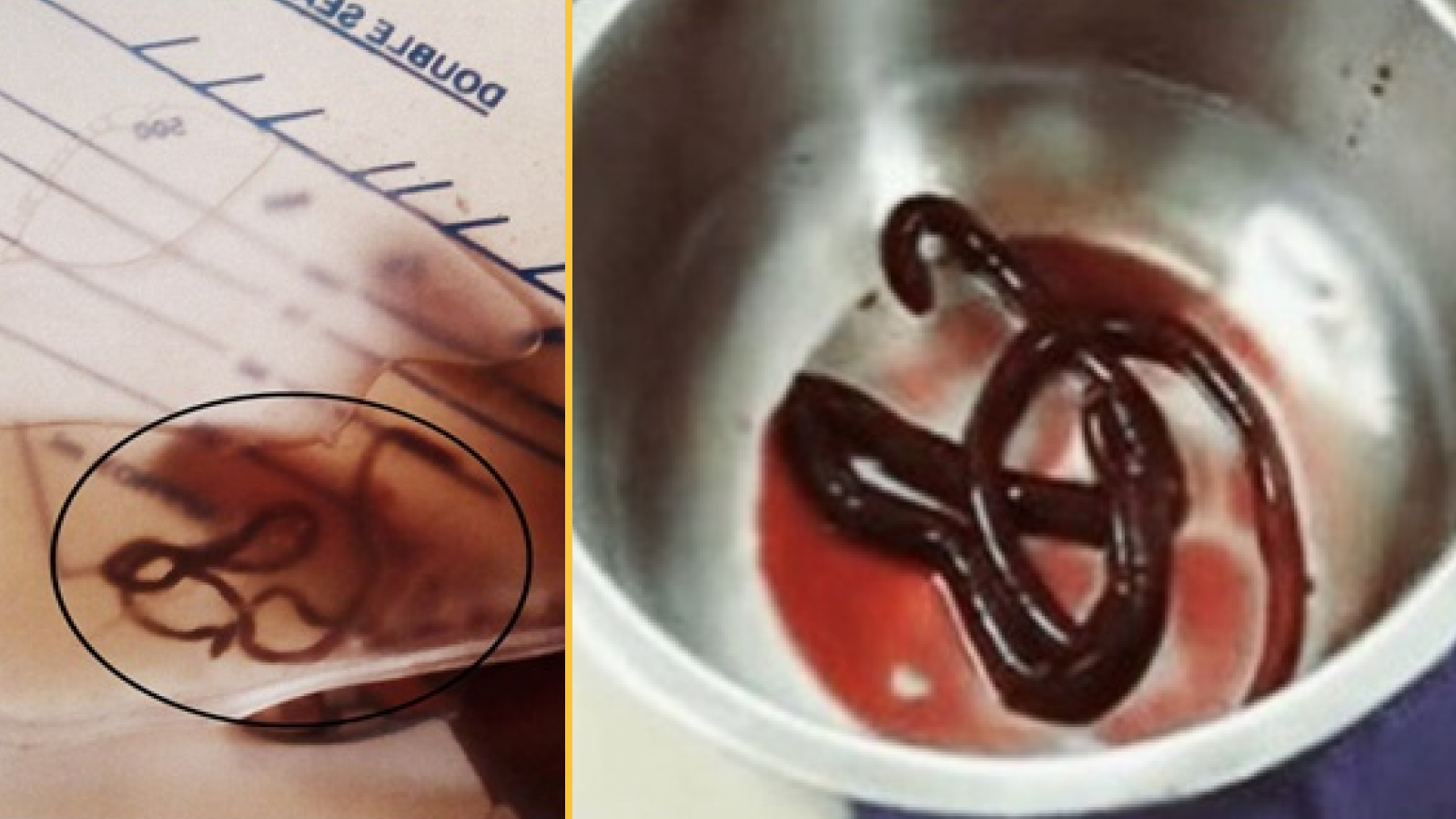The patient: A 35-year-old man in India
The symptoms: The man was admitted to the emergency room of a hospital in India after not being able to pee and having a fever for two days. Doctors found that his vital signs were normal except for tachycardia, an increased heart rate typically defined as being over 100 beats per minute. He also had pale skin and swollen kidneys. Blood tests indicated the possibility of an infection.
What happened next: Doctors inserted a catheter into the patient and gave him intravenous fluids and antibiotics for the potential infection. On the second day of his hospital stay, the patient looked at the bag collecting his urine and noticed blood — and a thin, wiggly worm.
Medical staff examined the patient’s urine over the next three days but did not find any additional invertebrates, or any worm eggs. However, they did send the man’s urine sample and worm to the hospital’s microbiology department for analysis.
The diagnosis: The microbiological examination confirmed that the species was a rare parasite called Dioctophyma renale, commonly known as the giant kidney worm. The patient’s symptoms also aligned with this diagnosis.
The blood-red parasite that had passed in the patient’s urine was 11.8 inches (30 centimeters) long with a diameter of around 0.13 inches (3 to 4 millimeters). According to the hospital staff, the worm was male.
Doctors suspect that the patient contracted the parasite after eating raw fish from a lake near his village, which he had reported doing regularly. The patient also noted that this was not the first time he had passed such a worm.
The treatment: Doctors addressed the patient’s symptoms with the treatments described above, but the parasite ultimately passed out of his kidneys on its own. When no more worms were seen in the patient’s urine, he left the hospital against medical advice. A report of the case didn’t note the use or prescription of any antiparasitic drugs.
What makes the case unique: In the case report, the man’s doctors said that while D. renale worms are found all over the world, they rarely infect humans. It is the largest known parasitic nematode capable of infecting humans, they added. The female worm can reach over a meter in length and, in general, the parasites can survive up to five years in a person’s kidneys.
Until 2019, around 37 cases of infections in humans by this particular species had been reported worldwide. In such cases, the person’s kidney is usually damaged and may need to be surgically removed.
D. renale infections can be prevented by properly cooking fish that have ingested the worm’s larvae, the doctors noted. The infective larvae can be taken up by tadpoles, frogs or fish, and typically pass to humans when a person ingests raw or undercooked frogs or fish.
This article is for informational purposes only and is not meant to offer medical advice.














